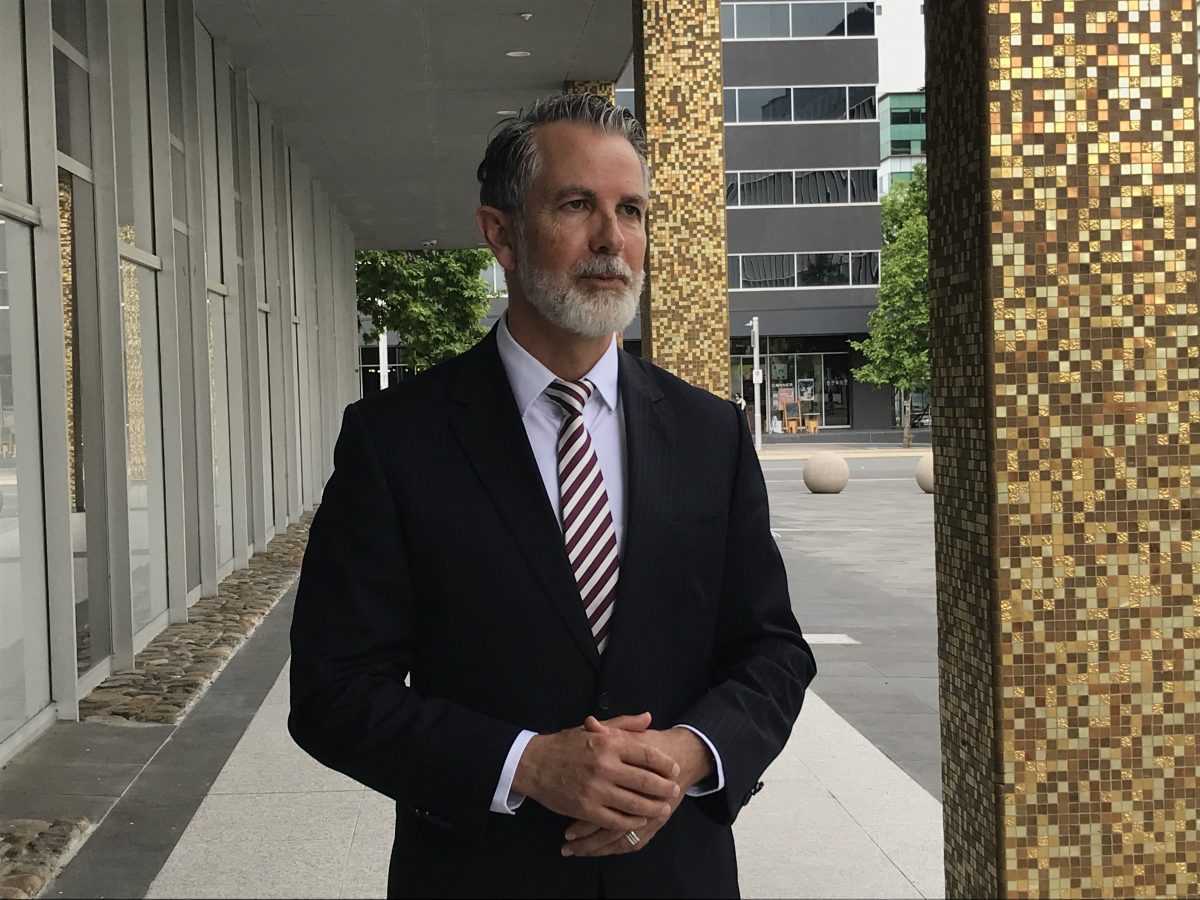
Minister for Education Yvette Berry with Majura Primary School students: on any given day, 162 classroom positions are left unfilled across the system. Photo: ACT Government.
An overhaul of the ACT’s relief system, including schools creating their own “in-built” supply of casual teachers, has been flagged among a raft of initiatives to address teacher shortages.
Those recommendations were included in a landmark report from an ACT Government task force comprised of Education Directorate officials and union representatives, but it has already attracted criticism for a lack of costings and “motherhood statements”.
Many of the report’s recommendations went to the need to attract and retain staff in the face of a national teacher shortage and the ongoing impact of COVID-19.
That included enticing retired teachers or those on long-service leave back to the profession by paying them to complete training and waiving registration fees.
One of the recommendations called on the directorate to develop a five-year teacher recruitment plan by next year to help recruit between 250 and 300 teachers annually to meet demand.
It will also closely monitor schools experiencing particular shortages.
Fixing gaps in the casual system was also highlighted as a matter of urgency as that pool of staff was found to be ageing and the system was not working.
Schools experiencing “broader issues” were also found to face difficulties when it came to finding casual relief teachers, which in turn exacerbated existing issues.
The delivery of the report comes in the context of more than two years of the pandemic which the government has argued has “exacerbated” existing chronic teacher shortages.
On any given day, 162 classroom positions are left unfilled across the system.
The report also found during term two of this year, an average of 339 classes were separated and, when teachers couldn’t be replaced, 210 classes were combined every day.
As of late July, there were 65 classroom teacher positions being advertised by the directorate.
Minister for Education Yvette Berry described the report as a “significant achievement for the ACT”.
“Every parent wants the best outcome for their child … and teachers are the most important part of a child’s learning experience,” she said.
“We can’t magic up new teachers, but we have a plan now in front of us to address those issues.”
Australian Education Union ACT branch president Angela Burroughs welcomed the plan, which she said validated teachers’ experiences.
“Teachers know there is a problem,” she said.
“They need to feel valued and better pay is one of the ways we can value them.”
But Ms Burroughs also said giving teachers more time was important and noted the current overtime situation was entirely unsustainable.

Opposition spokesperson for education Jeremy Hanson. Photo: Lottie Twyford.
Opposition spokesperson for education Jeremy Hanson was critical of the plan’s lack of detail and failure to cost its proposed policies.
“A lot of the recommendations are for the government to do another report to consider things … [it’s full of] airy, fairy motherhood statements.
“There’s no money allocated.”
Ms Burroughs agreed there were some questions over who would pay for the new model.
Ms Berry said the costings had yet to be completed on the inbuilt relief model, but that would be worked through.
Later on Monday afternoon (22 August), Education Directorate executive group manager business services David Matthews said an inbuilt relief system would be encouraged, not mandated.
In those same hearings, Ms Berry hit out at the Canberra Liberals accusing them of being “too late” with their proposals for fixing the teacher shortage.
Mr Hanson had specifically questioned what the maximum class size was and whether a cap existed.
“This is something we are working through. We know it’s an issue. You’re too late,” Ms Berry shot back.
“We’re not hiding from any of these issues.”
A national teacher shortage plan will be developed by the end of the year by the Federal Government in partnership with the states and territories.
Original Article published by Lottie Twyford on Riotact.





